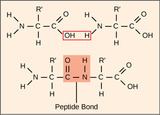
By the end of this section, you will be able to:Describe the different steps in protein synthesisDiscuss the role of ribosomes in protein synthesis
- Subject:
- Applied Science
- Biology
- Life Science
- Material Type:
- Module
- Date Added:
- 07/10/2017

By the end of this section, you will be able to:Describe the different steps in protein synthesisDiscuss the role of ribosomes in protein synthesis
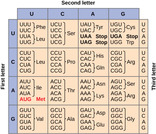
By the end of this section, you will be able to:Explain the “central dogma” of protein synthesisDescribe the genetic code and how the nucleotide sequence prescribes the amino acid and the protein sequence


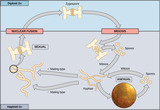
By the end of this section, you will be able to:Explain that meiosis and sexual reproduction are evolved traitsIdentify variation among offspring as a potential evolutionary advantage to sexual reproductionDescribe the three different life-cycle types among sexual multicellular organisms and their commonalities
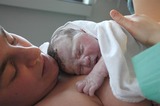
By the end of this section, you will be able to:Explain that meiosis and sexual reproduction are evolved traitsIdentify variation among offspring as a potential evolutionary advantage to sexual reproductionDescribe the three different life-cycle types among sexual multicellular organisms and their commonalities
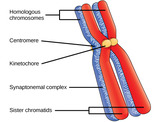
By the end of this section, you will be able to:Describe the behavior of chromosomes during meiosisDescribe cellular events during meiosisExplain the differences between meiosis and mitosisExplain the mechanisms within meiosis that generate genetic variation among the products of meiosis

By the end of this section, you will be able to:Describe the behavior of chromosomes during meiosisDescribe cellular events during meiosisExplain the differences between meiosis and mitosisExplain the mechanisms within meiosis that generate genetic variation among the products of meiosis
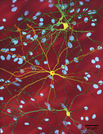
By the end of this section, you will be able to:Explain the relationship between genotypes and phenotypes in dominant and recessive gene systemsDevelop a Punnett square to calculate the expected proportions of genotypes and phenotypes in a monohybrid crossExplain the purpose and methods of a test crossIdentify non-Mendelian inheritance patterns such as incomplete dominance, codominance, recessive lethals, multiple alleles, and sex linkage

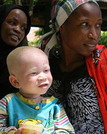
By the end of this section, you will be able to:Explain Mendel’s law of segregation and independent assortment in terms of genetics and the events of meiosisUse the forked-line method and the probability rules to calculate the probability of genotypes and phenotypes from multiple gene crossesExplain the effect of linkage and recombination on gamete genotypesExplain the phenotypic outcomes of epistatic effects between genes
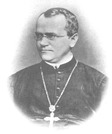
By the end of this section, you will be able to:Describe the scientific reasons for the success of Mendel’s experimental workDescribe the expected outcomes of monohybrid crosses involving dominant and recessive allelesApply the sum and product rules to calculate probabilities
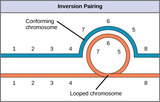
By the end of this section, you will be able to:Describe how a karyogram is createdExplain how nondisjunction leads to disorders in chromosome numberCompare disorders caused by aneuploidyDescribe how errors in chromosome structure occur through inversions and translocations
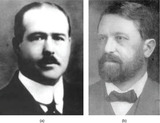
By the end of this section, you will be able to:Discuss Sutton’s Chromosomal Theory of InheritanceDescribe genetic linkageExplain the process of homologous recombination, or crossing overDescribe how chromosome maps are createdCalculate the distances between three genes on a chromosome using a three-point test cross


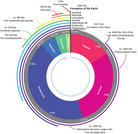

This 13-minute video lesson provides an overview of glycolysis. [Biology playlist: Lesson 24 of 71].

This 21-minute video lesson provides an introduction to helper T-Cells and their role in activating B cells. [Biology playlist: Lesson 55 of 71].

This 15-minute video lesson examines hemoglobin and its role in the circulatory system. [Biology playlist: Lesson 40 of 71].